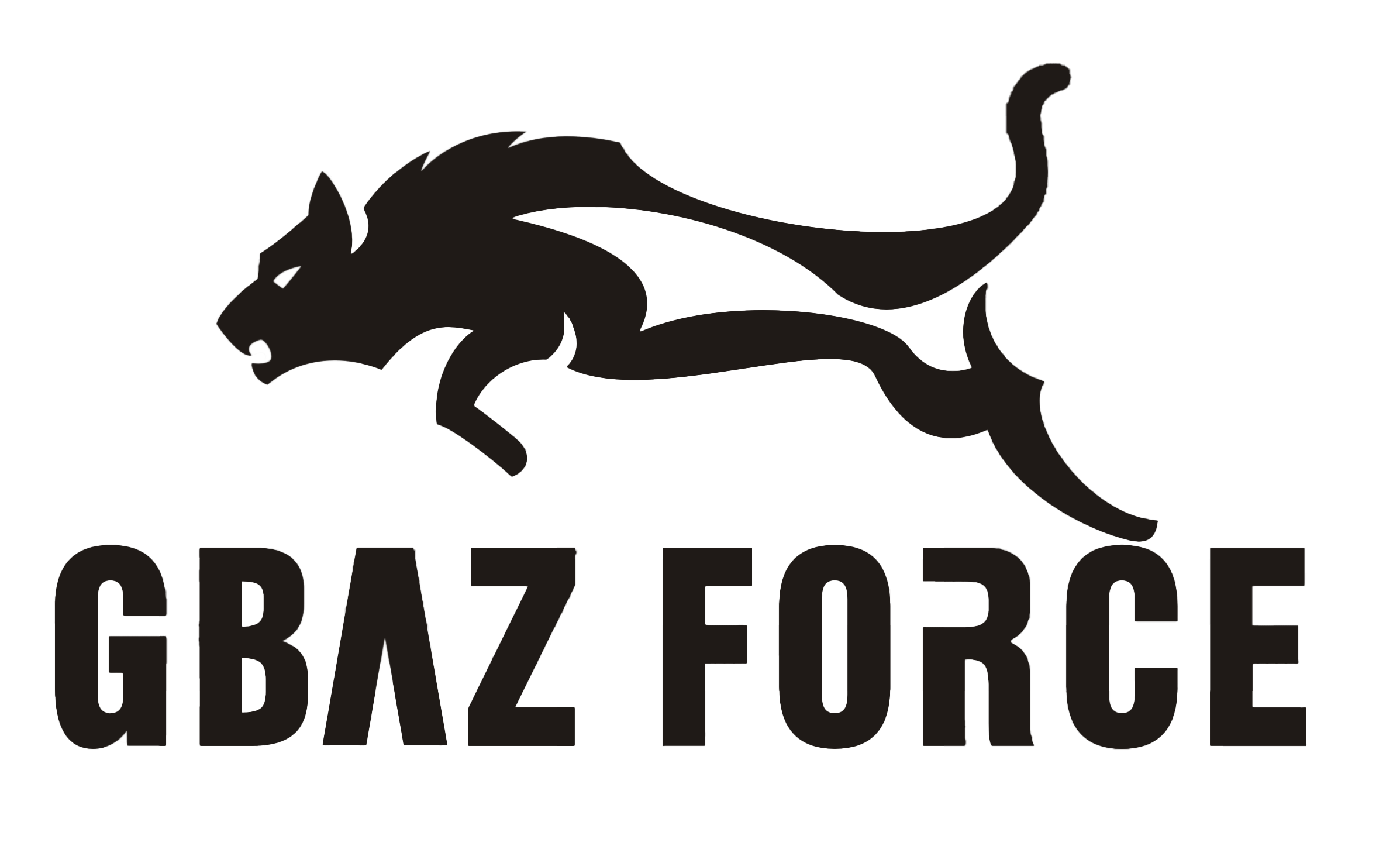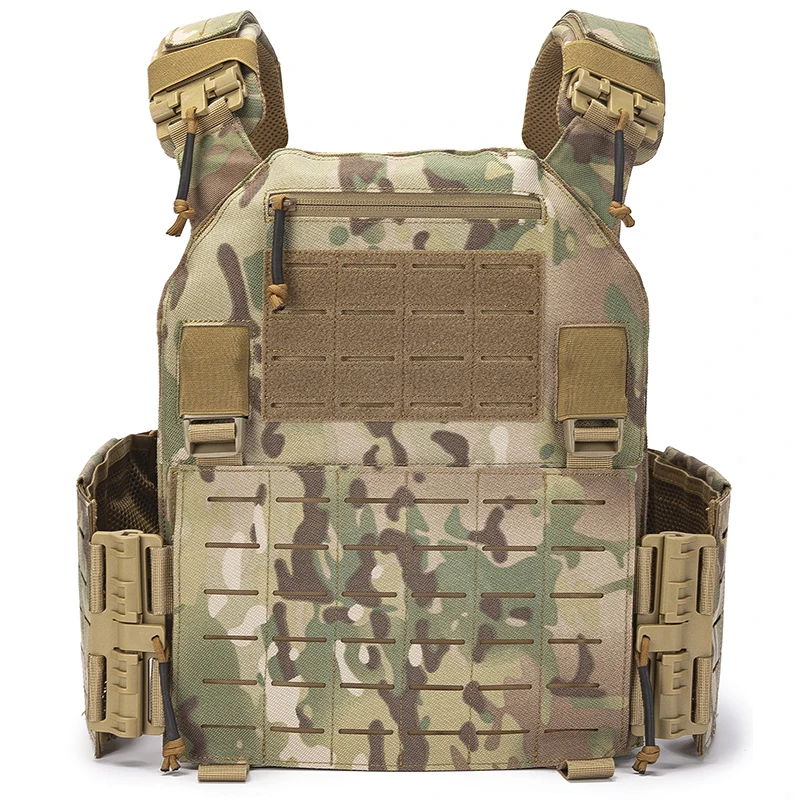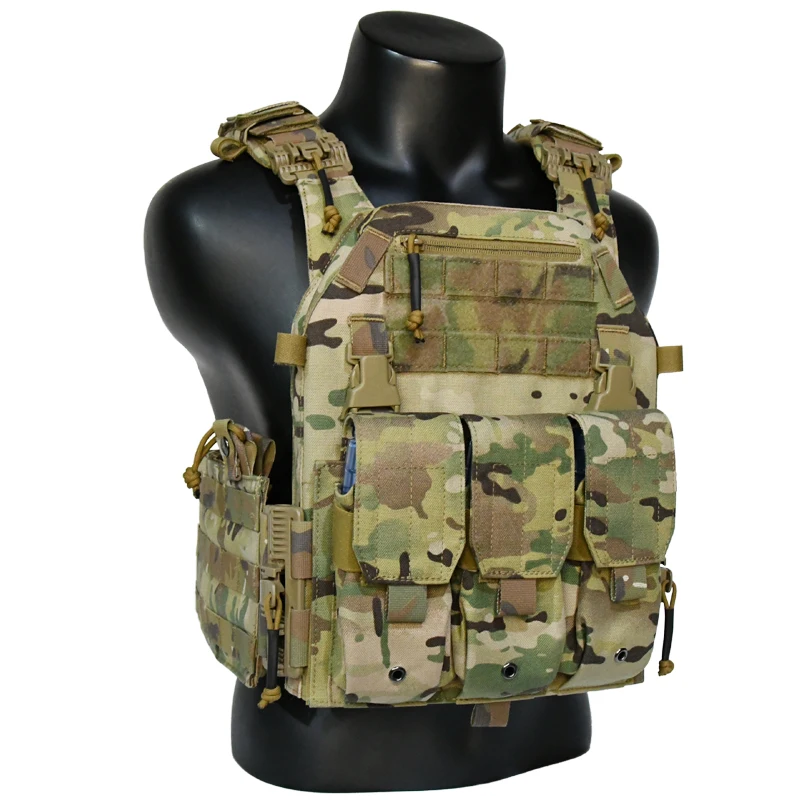Tactical Gear
PRODUCTS
Military Grade Tactical Vests
Materials and Construction
The foundation of any effective tactical vest lies in its construction materials. Military-grade vests utilize advanced materials such as ballistic nylon, Kevlar, Dyneema, and even ceramic or steel plates, depending on the specific threat level. Ballistic nylon provides excellent abrasion resistance and durability, forming the outer shell and often incorporating various pockets and attachment points. Kevlar and Dyneema are renowned for their exceptional tensile strength and ability to absorb and dissipate the energy of projectiles. These materials are often layered, with the outer layer providing abrasion resistance and the inner layers focusing on ballistic protection. The precise layering and material selection are critical in determining the vest's overall effectiveness against specific threats, such as handgun rounds, rifle fire, or even fragmentation.
Furthermore, the stitching and construction techniques employed are equally vital. Military-grade vests aren't simply sewn together; they undergo rigorous quality control and testing to ensure consistent performance under stress. Specialized stitching patterns and high-tensile strength threads are used to prevent tearing and maintain structural integrity even after absorbing impacts. The meticulous attention to detail in construction underscores the critical role these vests play in protecting the wearer's life.
Ballistic Protection Levels
Military-grade tactical vests are categorized by their ballistic protection levels, indicating the types and calibers of projectiles they can effectively stop. These levels are typically defined by standards set by organizations like the National Institute of Justice (NIJ) in the United States. A vest's protection level is usually clearly indicated, allowing users to select the appropriate level based on the anticipated threats. Higher protection levels naturally mean increased weight and bulk, requiring a careful balance between protection and mobility.
The design and placement of ballistic plates within the vest are also critical in determining its overall protection capabilities. Plates are often strategically positioned to cover vital organs, providing protection against penetrating threats. The plates themselves can be made from various materials, each offering different levels of protection and weight. Advances in materials science have led to the development of lighter and more protective plates, improving the overall wearability and effectiveness of these vests.
Modular Design and Accessories
Modern military-grade tactical vests are rarely standalone pieces of equipment. They are designed with a modular approach, allowing users to customize their vest based on mission requirements. This modularity is achieved through the use of various attachment points, such as MOLLE (Modular Lightweight Load-carrying Equipment) webbing, allowing for the addition of pouches, carriers, and other accessories.
These accessories can include radio pouches, magazine carriers, medical pouches, hydration systems, and even additional ballistic protection inserts. This customization allows users to tailor their vest to their specific needs, ensuring they have access to the necessary equipment during operations. The versatility and adaptability of the modular design are key features that make these vests highly effective in a wide range of scenarios.
Comfort and Ergonomics
While protection is paramount, comfort and ergonomics are also essential considerations in the design of military-grade tactical vests. Prolonged wear can be demanding, and a poorly designed vest can lead to fatigue and discomfort, impacting performance. Modern vests incorporate features such as breathable materials, adjustable straps, and ergonomic padding to maximize comfort and minimize chafing. Proper weight distribution is also crucial, ensuring the weight of the vest is evenly distributed to avoid strain on specific areas of the body.
The design of the shoulder straps, cummerbund, and other adjustable components are carefully engineered to provide a secure and comfortable fit for a variety of body types. Innovative features, such as quick-release mechanisms, are also incorporated for emergency situations requiring rapid removal of the vest.
SUBSCRIBE
INQUIRY










